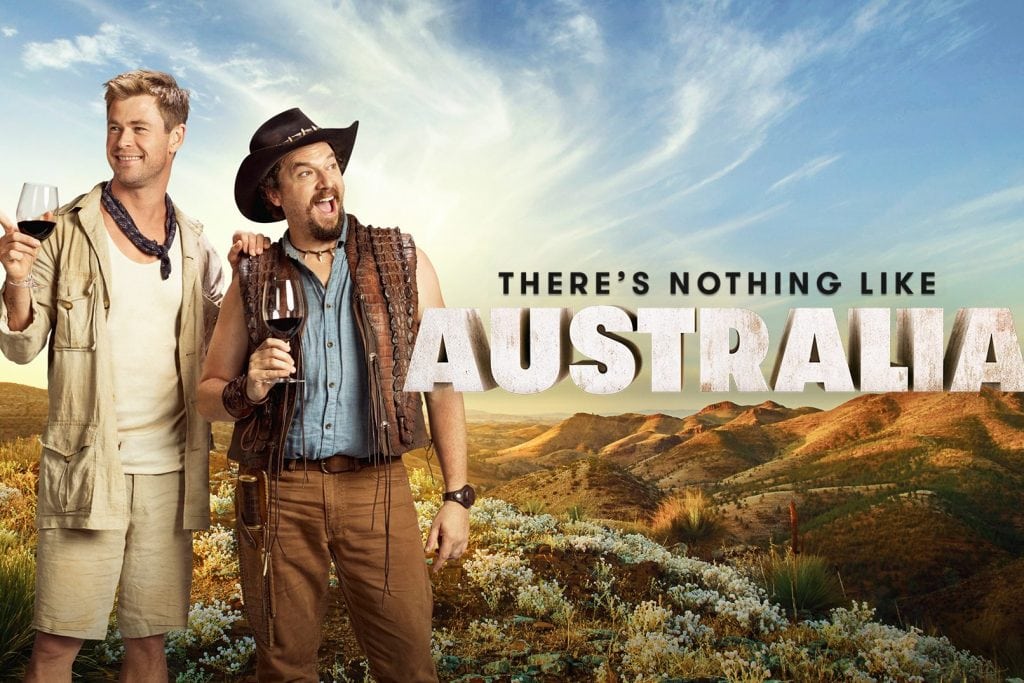Tourism Australia's Super Bowl Ad Launches Its Largest U.S. Marketing Campaign to Date

Skift Take
A genius marketing move or a waste of money that's more flashy than effective? That's the debate that many destination marketers are likely having as they wonder if Tourism Australia's ad will be a huge win or a major interception.
Some Crocodile Dundee buffs may have been teeming with anticipation over the past few weeks as teasers for a reboot of the franchise movie made the rounds on social media.
But, perhaps to many fans' dismay, a Tourism Australia NFL Super Bowl commercial that aired on Sunday informed the world that all the hype was actually for its ad for Australia, and there will be no upcoming movie. The commercial and accompanying campaign is aimed at getting more Americans to visit the land down under.
https://www.youtube.com/watch?v=NNJKWVmK-GM
Australia's national tourism board has confirmed the commercial and trailers are part of its $27 million Dundee U.S. marketing campaign – its largest U.S. campaign since Paul Hogan's "Come and Say G'Day" effort in 1984. This 2018 marketing blitz is Tourism Australia's largest ever for a single overseas market.
Super Bowl advertising can be a risky business. Brands may spend millions of dollars to reach tens of millions of people they hope will be customers, and the payoff often isn't worth the money and effort.
Turkish Airlines, for example, ran its third consecutive Super Bowl commercial this year but said it's unsure how many bookings it can attribute to these ads as the metrics can be complicated.
The U.S. is Australia's third largest overseas market and second largest for visitor spending as Americans spent $3.7 billion in the country in 2017. But for years Tourism Australia has had challenges getting more U.S. travelers to board a plane and visit the country, and it views the Super Bowl as one of its best shots to break through.
The 60-second commercial aired during the game's second quarter before Justin Timberlake's half-time show, and featured Tourism Australia's global ambass
